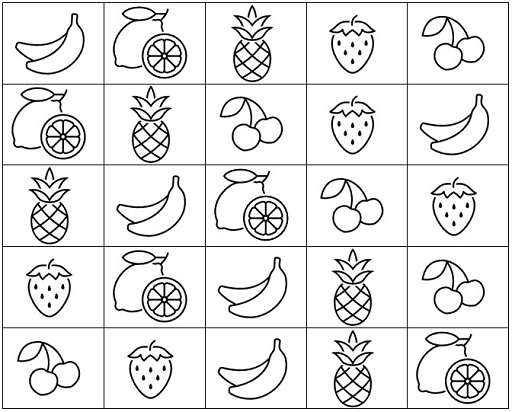1.2.3 The ‘Automaticity’ and ‘rate of processing’ hypotheses
Dyslexia can be explained by difficulties in automatising skills. Automatisation is the process where a skill becomes automatic, requiring less conscious effort, leading to faster and more efficient performance. It refers to the gradual reduction in the need for conscious control as a new skill is learned. Dyslexic individuals often struggle with this, showing less fluency in reading and writing, making more errors, and being easily distracted by other tasks. This issue, termed ‘automatisation deficit’, is particularly noticeable in complex tasks like reading and writing.
Researchers Nicolson and Fawcett (1990; 1994) noted that even skilled dyslexic readers read and write more laboriously and are more prone to mistakes. They also face challenges in mastering other skills, such as riding a bicycle or tying shoelaces. One way to assess this deficit is through rapid automatised naming (RAN) tasks, where individuals name numbers, pictures, or colours as quickly as possible (see Figure 4). Dyslexic individuals typically perform slower on these tasks.
Now it’s time for you to develop one of your own!
Activity 2 Random picture grid
Try creating your own visual grid of random stimuli for memory and recognition practice.
You’ll need a piece of paper, a pen or pencil, and a set of small images or stickers of a specific type (like animals, fruits, etc.), or you can draw simple symbols. You can also do it in a computer. Here are the instructions:
- Draw a grid on your paper/computer with five rows and five columns.
- Choose five images or symbols of the type you want to use. You can also do this activity using other tools such as pasta, dry beans, sweets, etc. In total you should have 25 images/symbols/food staples. Make sure you have a mix of different images.
- Randomly place one image in each cell of the grid until all cells are filled.
- Spend a few minutes looking at the grid, trying to memorise the location of each image.
- After the time is up, cover the grid and try to recall and write down the images in their correct order.
This activity can help with visual memory and the ability to recall and recognise patterns or specific stimuli. It’s a simple yet effective way to practice cognitive skills related to memory and recognition.
You will notice that this strategy still requires some phonological processing during the retrieval of the picture names. Wolf and Bowers (1999) suggest that rapid naming difficulties are an additional deficit to phonological issues, explaining reading difficulties even with good phonological awareness. They propose three subtypes of reading difficulties based on the underlying cause. This strategy still involves some phonological processing during picture name retrieval.
| Phonology Group (left inferior frontal and inferior parietal regions) | Rate Group (right cerebellar lobule VI) | Double Deficit Group (less cerebellar activation) |
|---|---|---|
| Phonological deficit, but no real problems on the RAN task | RAN task time deficit, processing deficit, but no phonological problems | Rapid naming and phonological deficits cause reading difficulties; combined, they intensify the deficiency |
Improving phonological awareness is key for reading difficulties in children, but it may not address all issues if visual processing deficits or ‘rate’ and ‘double deficit’ subtypes are present. Cognitive accounts taken in isolation are incomplete. Helland mentions that the cognitive level is the ‘bridge’ between the behavioural and biological level (Helland, 2020).
While they can be seen to explain dyslexia, cognitive accounts taken in isolation are incomplete.
You will now move on to consider environmental factors.

